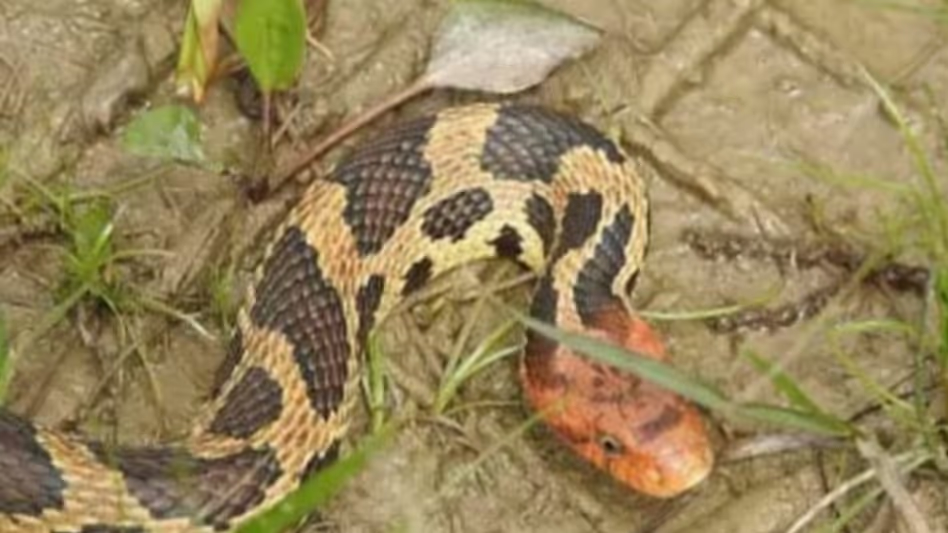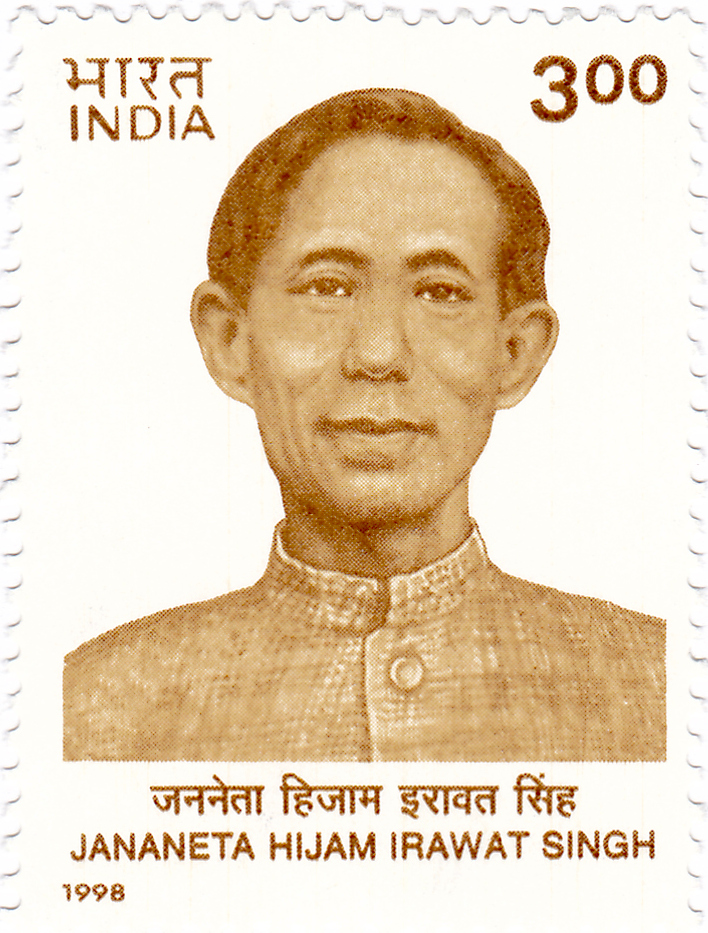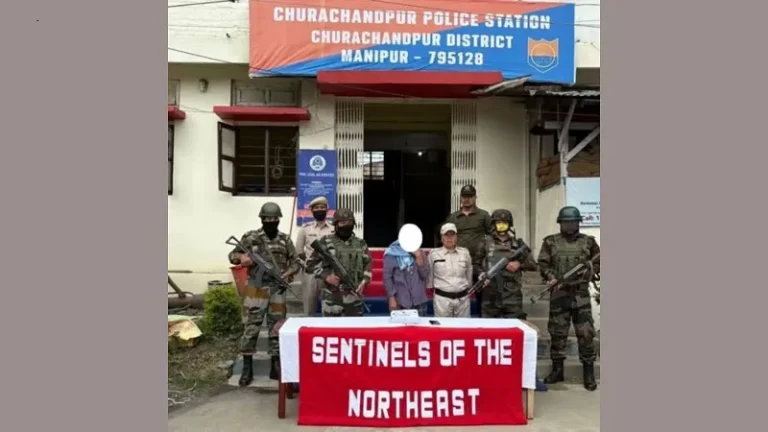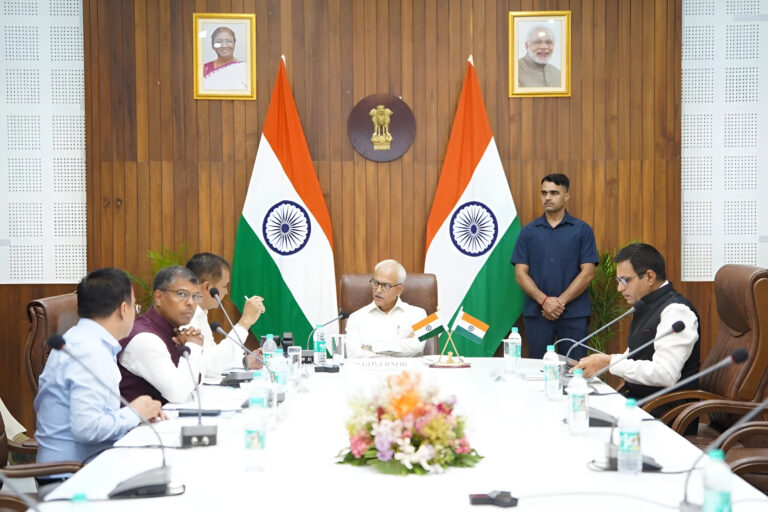CRPF personnel rescue snakebite victim in Manipur’s Kangpokpi with timely medical response
Summary of the News
CRPF personnel in Kangpokpi, Manipur, sprang into action on June 29, 2025, rescuing a local who’d been bitten by a venomous snake. The victim was found unconscious in a nearby area and immediately shifted to the CRPF’s medical facility, where timely first aid and anti-venom treatment stabilized him. Thanks to swift teamwork and the presence of medical infrastructure within the battalion, the person was later transferred to a local hospital in Imphal for further care ([turn0search0]).
Swift Action Saves Lives: How CRPF Troops Averted a Snakebite Crisis in Kangpokpi
1. A Moment of Peril: How Everything Unfolded
Picture this: You’re hiking near Kangpokpi, Manipur, when—boom—a snake strikes. In dense, rural terrain, every second counts. On the morning of June 29, 2025, that’s exactly what happened. CRPF jawans spotted an unconscious man—the victim of a venomous snakebite—not many steps away from the battalion camp. Without hesitation, they scooped him up, bypassing the maze of rural roads to rush him to their own medical center. This isn’t just guard duty—it’s life-saving readiness in action.
2. Why This Rescue Was So Crucial
a) Snakebites: A Rural Menace
Roughly 50,000 people die from snakebites in India every year, and remote districts like Kangpokpi have limited rapid response. In such cases, local medical help can be miles away—making CRPF’s on-site aid lifesaving.
b) Fast First Aid Saves Lives
The jawans administered anti-venom serum and essential treatment within minutes—critical for neutralizing venom and preventing irreversible damage.
c) Seamless Handoff to Advanced Care
Once stable, the victim was transferred to Imphal hospital—showing coordinated emergency care at multiple levels.
3. Anatomy of the Rescue: What Happened Step by Step
Step 1: The Discovery
CRPF patrolling personnel found the victim unconscious, likely due to swelling, vomiting, and pain in the leg—classic snakebite symptoms.
Step 2: Immediate Transfer
He was rushed to the unit’s medical bay—a setup more akin to a mini-clinic, ready 24/7.
Step 3: Prompt Treatment
Doctors administered anti-venom and stabilizing fluids. With the local doctor overseeing, they managed to stabilize his vitals.
Step 4: Transfer to Hospital
Once condition improved, he was moved to a bigger hospital in Imphal for observation and full recovery.
4. Why CRPF’s Role Went Beyond Security
24/7 Medical Readiness
Against the backdrop of rural isolation, the CRPF’s medical facility became a frontline responder—like a community ambulance on-site.
Presence of Anti-Venom Stock
Not every local hospital carries anti-venom. Here, CRPF’s logistical preparedness sealed the deal.
Well-Trained Personnel
Jawans received first-aid training for venomous bites—a skill that turned into real-life impact within minutes.
Fast Communication & Decision-Making
They used their comms gear to clear roads, coordinate transport, and mobilize the medical team—all within a high-stakes timeframe.
5. Context: Health Infrastructure in Kangpokpi and Surrounds
Healthcare Challenges
Kangpokpi district is sparsely populated, hilly, and prone to snake encounters. PHCs are few and staff-limited; ambulances may take hours to reach interior villages.
Dependence on Military Medicine
Here, forces like Assam Rifles and CRPF often step in as de facto emergency units—offering services ranging from ECGs to anti-snake venom—especially in remote patches.
Importance of First Responders
CRPF posts are strategically dispersed; when civilian medical resources lag, their camps become the fastest rescue hubs.
6. The Bigger Picture: Snakebite Response in India
High Burden Area
India leads global snakebite deaths, particularly in rural, underserved regions. Such cases expose gaps in health infrastructure.
Role of Forces
Security forces with medical facilities act as bridges—saving lives that otherwise slip through cracks.
BV (Big Victory) Model
Camps stocked with anti-venom and trained for emergency response mirror broader rural health-strengthening initiatives advocated by public health experts.
A Model Worth Emulating
CRPF’s response in Kangpokpi isn’t a one-off miracle—it’s proof that smart resourcing saves lives. Medical readiness, communication, training, and mobile infrastructure together form a blueprint. Now, scaling this blueprint could save thousands across rural India.
The Ongoing Challenge
Snakebites don’t send invites. They strike when you least expect. Until every rural hamlet has ambulances, equipped PHCs, and trained personnel, incidents like this reminds us: preparedness matters. Whether it’s a snakebite or landslide, being ready is the difference between tragedy and survival.
Final Thoughts: Medicine & Security Unify
Here’s the takeaway: security personnel aren’t just defenders—they’re often first-aid heroes. That fluid role blurs borders of duty and humanity. With more prepared camps and outreach, every snakebite needn’t be a life-threatening emergency.
FAQs
1. Why was the CRPF able to treat the victim so quickly?
Because their Kamkpokpi battalion camp had an operational medical facility equipped with antivenom and trained personnel ready 24/7.
2. Was the anti-venom administered the same day?
Yes—the CRPF quickly injected anti-venom and stabilizing fluids within the critical “golden hour,” crucial for survival and reducing complications.
3. Are CRPF camps commonly used for medical emergencies?
Often, especially in remote areas. Their resources supplement civilian services and act as de facto emergency units.
4. Did the victim make a full recovery?
While final prognosis wasn’t published, early reports say he was stable after transfer to Imphal—encouraging news given the seriousness of snakebite.
5. How can communities prepare for snakebites?
By learning first-aid techniques, avoiding traditional remedies, knowing signs of venomous bites, and being aware of nearest medical centers—or military facilities in rural zones.




